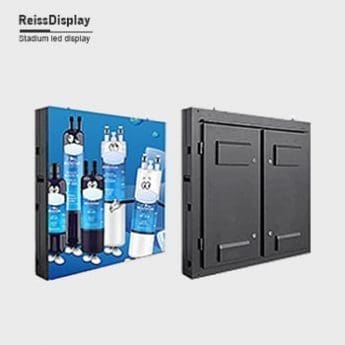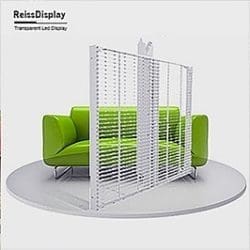
How to control outdoor ad display brightness?
In contemporary times, outdoor advertising display screens are increasingly becoming a significant representation to enhance a city’s image. Although these advertising screens have a positive impact, controlling the brightness settings is crucial to avoid “Light pollution” that may adversely affect the night life of urban residents. As professionals in the field, it is essential to understand how to regulate the brightness of outdoor advertising displays. Therefore, we present to you the expert guide from the REISSDISPLAY editor to help you with the process.
How to control the brightness of outdoor advertising display:

1. Multi-level grayscale correction technology.
The conventional outdoor advertising display systems typically utilize 18-bit color display levels, resulting in stiff color display in areas with low grayscale and excessive color. This can cause discomfort from the colored light. However, the new outdoor advertising displays feature a 14-bit color display level for the control system. Consequently, it improves color display quality, making it softer and more pleasant on the viewers’ eyes while reducing discomfort from the light. Additionally, it allows for better control of outdoor advertising display brightness to suit different environmental conditions.
2. Adopt an adjustment system that can automatically adjust the brightness.
According to the day and night, under different locations and time periods, a slight change in the brightness of the outdoor advertising display will have a great effect. If the playback brightness of the outdoor advertising display is greater than 50% of the ambient brightness, we will obviously feel eye discomfort, which will cause “light pollution”. We can collect the ambient brightness at any time through the outdoor brightness acquisition system, and use the outdoor advertising display control system to broadcast the screen by receiving system data and automatically converting it into a brightness suitable for the environment through software.
To sum up, it is the method to control the brightness of outdoor advertising display screen. In the process of using outdoor advertising display screens, we can control the brightness of outdoor advertising display screens according to actual needs, so as to avoid “light pollution” more effectively.
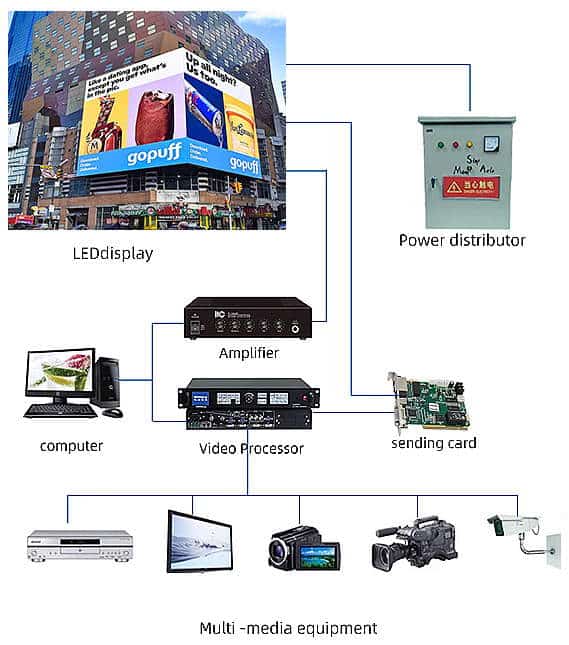
Related Products
LED KNOWLEDGE


What are the top ten LED display screen factory in Shenzhen
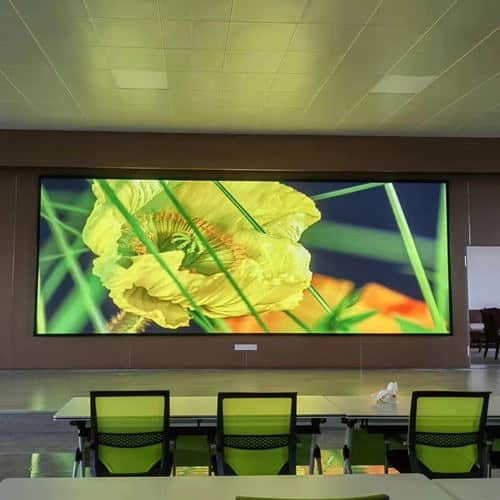
How do LED displays contribute to achieving visual excellence?
How much does the material of LED display screen affect the quality
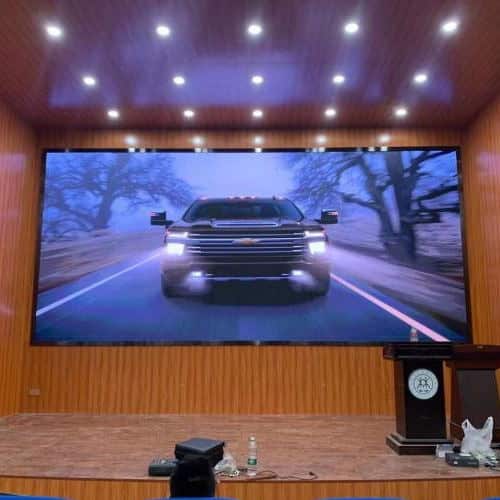
How to install indoor LED display screens on the wall



